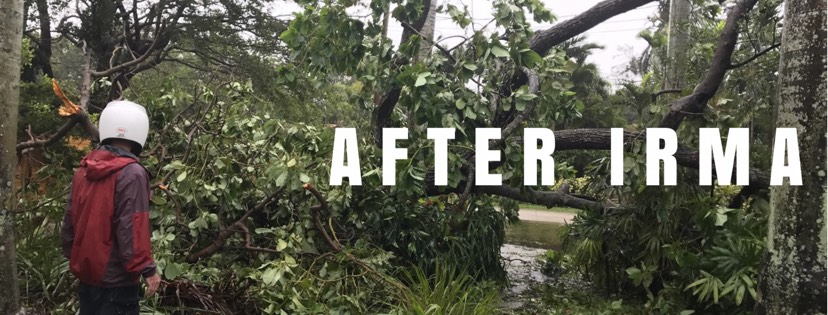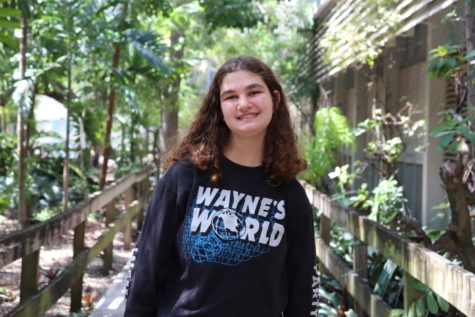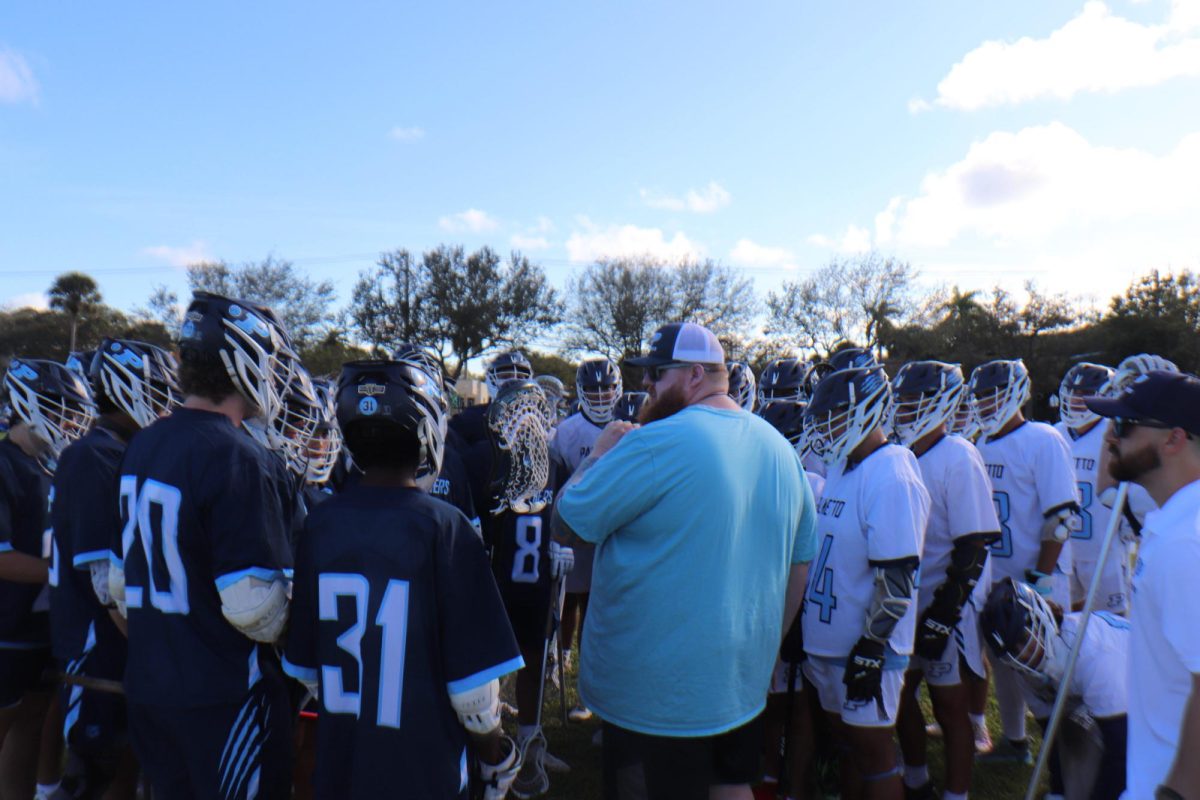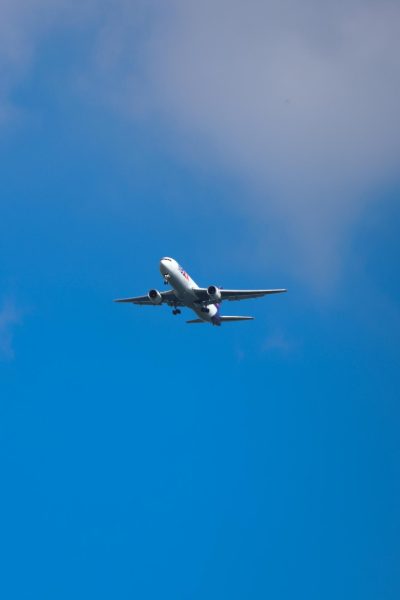After Irma: How To Prepare Better Next Time
October 9, 2017
Following the recent destruction of this year’s hurricane season, many are left wondering what the important things to do are before, during and after a hurricane.
Hurricane season lasts from June 1 to Nov. 30. During these five months, it is important to stay alert and aware of potential storms, as well as to keep up to date with the latest predictions of the hurricane’s expected damage.
In the case of a hurricane or a tropical storm, specific precautions need to be taken in order to ensure as much safety as possible during these unpredictable natural disasters. The first step in preparing for a hurricane is making a family communication plan. This serves to create a solid plan and establish how to stay in contact with one another and where to evacuate to in the case of urgent circumstances.
“Pinecrest was well prepared in the first place and with the advanced notice, everyone really took [the storm] seriously,” Mayor of Pinecrest Joe Corradino said. “Everyone went out and cleared their yards and put up shutters.”
In order to prevent debris from damaging houses, clearing the yard and bringing in all outdoor furniture is imperative to insure safety. Furthermore, people should make sure to put shutters on windows and doors, unless they are already made of hurricane proof material.
Before a hurricane, supermarkets swarm with people anxious to purchase enough water and food to ride out the storm. Water is a must have, and it is often the first item that grocery store run out of in preparation for a hurricane. Freezing bags of water before the storm helps determine, after a storm, whether the power or water was turned off. Foods such as tuna, canned milk and other canned goods can be helpful to have if the power goes out and food in the refrigerator and freezer goes bad.
“There are two important things to do during a hurricane, the first is to find a safe structure that can withstand the winds. The second thing is to run from the water,” Mayor Corradino said. “Storm surge is critical and really kills.”
Specific areas are marked evacuation zones because of their proximity to bodies of water. Depending on how far the storm surge, abnormal rise in sea level water during a storm, is predicted to reach, these areas run the risk of being seriously flooded. Everyone in an evacuation must take these warnings seriously and find a safe place to weather the storm.
Once the rain and wind have gone, it is time to access the damage. After Hurricane Irma, Florida Power and Light, the fire department and emergency services helped fix the damage and get power restored to the communities that were affected.
“The fire department works before, during and after the storm to help get everything ready and to access the damage later,” Miami-Dade firefighter Arlene Robinson said. “We do what is called a Snapshot Assessment, where we drive around in the fire truck accessing the damage afterward and relay that information back to the county.”
When preparing for a Hurricane it is important to take it seriously and take the necessary precautions to maintain safety.
“People took it seriously this time and did really good with hurricane Irma,” Robinson said.











